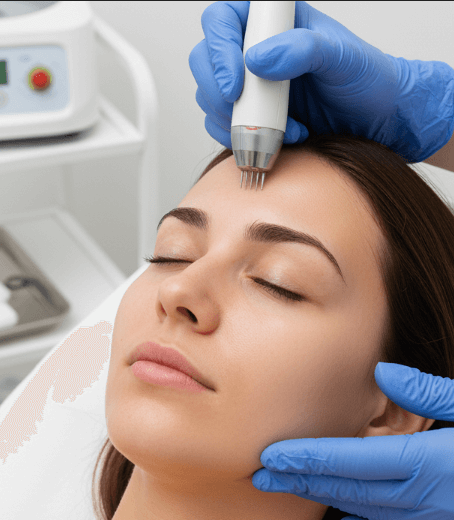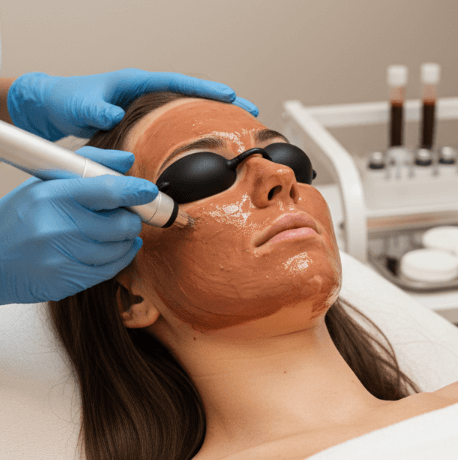Traveling abroad for ptosis correction surgery can be a rewarding experience—offering high-quality care, cost savings, and access to top specialists. However, it also presents unique challenges. Many international patients unknowingly make avoidable mistakes that can compromise their results or lead to unnecessary stress.
This guide outlines the most common pitfalls international patients face when seeking ptosis surgery abroad—and how you can avoid them.
❌ 1. Choosing a Surgeon Based Only on Price
Many patients are tempted by low-cost deals without fully considering the surgeon’s qualifications.
Why It’s a Mistake:
- Ptosis correction is a delicate procedure involving eye function, not just aesthetics.
- Inexperienced or underqualified surgeons can result in complications, asymmetry, or the need for revision surgery.
How to Avoid:
- Verify the surgeon’s credentials (board-certified in ophthalmology or oculoplastic surgery).
- Look for before-and-after photos, patient testimonials, and complication rates.
- Prioritize experience over price—especially for functional or complex ptosis cases.
❌ 2. Not Allowing Enough Time for Recovery Before Flying Home
Some patients schedule their return flight too soon after surgery to save time or money.
Why It’s a Mistake:
- Swelling, bruising, and complications are most likely in the first 5–7 days.
- Long flights shortly after surgery can increase the risk of blood clots, dry eyes, or delayed healing.
How to Avoid:
- Stay at least 7–10 days post-surgery near your clinic.
- Choose accommodations close to the hospital with access to follow-up care if needed.
- Avoid long-haul travel until you receive medical clearance from your surgeon.
❌ 3. Skipping the Consultation or Not Asking Enough Questions
Some patients book their surgery based on email exchanges or promotional content without a full medical consultation.
Why It’s a Mistake:
- Ptosis has multiple causes—the wrong surgical approach can worsen eyelid function.
- A full in-person or virtual consultation is necessary to tailor the procedure.
How to Avoid:
- Request a pre-surgical consultation, even if it’s virtual.
- Ask specific questions:
- What technique will be used?
- Is this a functional or cosmetic case?
- What are the risks of undercorrection or asymmetry?
❌ 4. Ignoring Language Barriers
Assuming everyone at the clinic speaks English fluently can lead to miscommunication.
Why It’s a Mistake:
- Misunderstanding post-op instructions or medication schedules can delay recovery.
- Communication gaps can occur during emergencies or follow-up calls.
How to Avoid:
- Choose clinics with dedicated international coordinators or multilingual staff.
- Ask for written instructions in your language.
- Consider traveling with a translator or family member if needed.
❌ 5. Not Planning for Emergency or Follow-Up Care at Home
Once back home, complications can arise—but some patients don’t have a plan in place.
Why It’s a Mistake:
- Not all local doctors are familiar with post-ptosis surgical management.
- Follow-up issues like asymmetry or infection may go untreated if you’re unprepared.
How to Avoid:
- Request detailed surgical reports and a summary for your home physician.
- Find a local ophthalmologist or oculoplastic surgeon willing to do follow-up checks.
- Ensure the clinic abroad offers virtual follow-up appointments.
❌ 6. Traveling Alone After Surgery
Some patients try to handle the entire trip—including surgery and recovery—without assistance.
Why It’s a Mistake:
- After surgery, your vision may be blurred, and mobility reduced.
- Handling luggage, medications, and local transportation alone is risky.
How to Avoid:
- Travel with a family member or friend, especially for the first 48–72 hours.
- If alone, choose a clinic that offers recovery assistance or a medical concierge.
❌ 7. Failing to Prepare for Local Conditions (Climate, Hygiene, etc.)
Each country presents unique environmental and health considerations.
Why It’s a Mistake:
- Hot, humid, or polluted environments can irritate healing eyes.
- Poor hygiene standards in local accommodations can lead to infection.
How to Avoid:
- Choose a clinic with hospital-level hygiene protocols.
- Stay in reputable accommodations, preferably clinic-recommended.
- Bring personal hygiene kits and over-the-counter eye care supplies.
❌ 8. Underestimating the Complexity of Ptosis Surgery
Ptosis is often misunderstood as a simple cosmetic eyelid lift—but it’s not the same as blepharoplasty.
Why It’s a Mistake:
- Improper ptosis surgery can affect eye opening, blinking, and corneal protection.
- Revision surgery is more complex and not always fully corrective.
How to Avoid:
- Confirm that the surgeon specializes in ptosis correction, not just general eyelid surgery.
- Understand whether your ptosis is congenital, involutional, neurogenic, or mechanical—this affects the surgical plan.
❌ 9. Not Getting Medical Travel Insurance
Many patients skip insurance to cut costs, not realizing the risks.
Why It’s a Mistake:
- If you develop complications or need to change flights, costs can escalate quickly.
- Medical emergencies abroad are often not covered by standard insurance.
How to Avoid:
- Purchase travel health insurance that covers:
- Surgical complications
- Emergency care
- Trip cancellations or delays due to recovery issues
✅ Final Tips for International Patients
- Prepare documents: passport, medical history, prescriptions, and surgeon’s instructions.
- Double-check your visa if required for medical purposes.
- Create a communication plan: know how to contact your surgeon post-op.
- Know the signs of complications, including asymmetry, excessive swelling, and vision changes.
🧠 Final Thoughts
Traveling abroad for ptosis surgery can offer excellent care and value—but only if you approach it with proper planning, research, and realistic expectations. Avoiding these common mistakes will help ensure a smoother journey, safer recovery, and more satisfying results.




